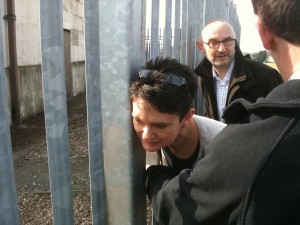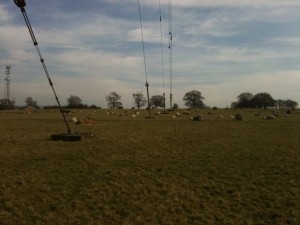I’m thoroughly enjoying [amazon_link id=”1846683920″ target=”_blank” ]Armchair Nation: an intimate history of Britain in front of the TV[/amazon_link] by Joe Moran, having picked up the paperback in the Blackwells at the University of Manchester. It’s an excellent social history of my life and times, and a reminder about the way shared cultural experience has shaped the nation.
There are lots of nuggets I could pick out, but I liked this one on TV masts:
“For a brief period the television mast was part of the industrial sublime, that awkward British genre that has emerged at various historical moments to get excited about railway bridges or electricity pylons. These high-guyed steel lattice masts… were like modern day cathedral spires, their sight and even their names evoking provincial pride and signalling the arrival of modernity.”
[amazon_image id=”1846683920″ link=”true” target=”_blank” size=”medium” ]Armchair Nation: An intimate history of Britain in front of the TV[/amazon_image]
We certainly spoke of our local mast, Winter Hill, when I was growing up in the valleys of Lancashire, and it still has a romantic, evocative sound to my ears.
One of my best site visits as a BBC Trustee was a trip to the long wave mast at Droitwich near Birmingham (more here). There was something mysterious about being pointed to a cable and told, ‘That one’s carrying Radio 4,’ or putting one’s ear to the bars of the steel gate surrounding the transmitter and being able to hear The Archers. But then, I get excited about railway bridges, pylons, chimneys and mills as well. Sublime indeed.

Me listening to The Archers, the hard way

A long wave valve – high tech of the post-war years

